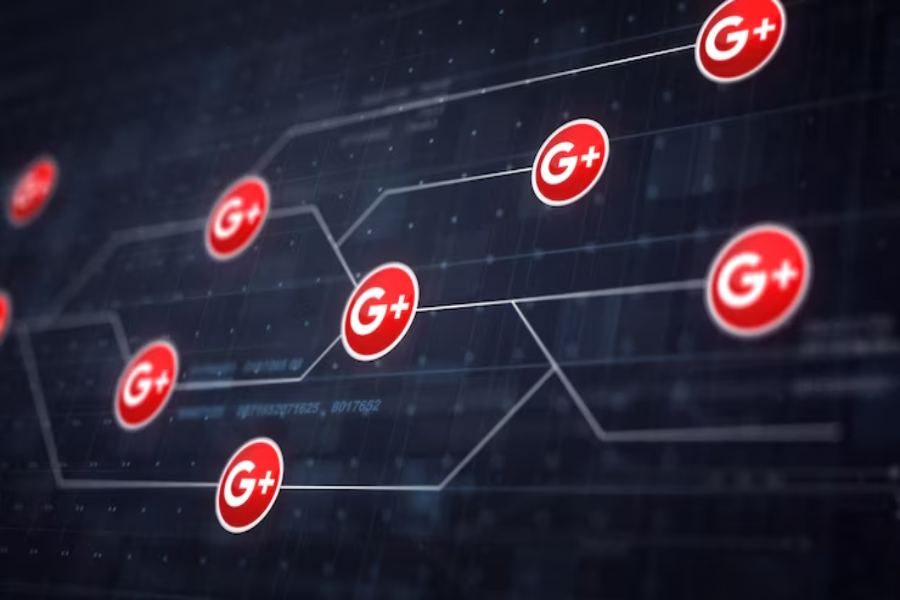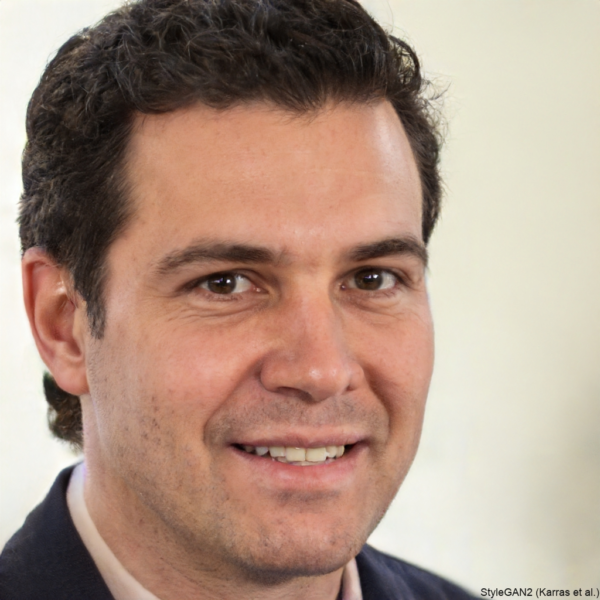The Strategy Behind Google Ads Success in 2025

- Google Ads success in 2025 depends heavily on balancing automation with human insight and creativity.
- First-party data has become vital due to growing privacy concerns and the decline of third-party cookies.
- Budget strategies are shifting toward a mix of performance and branding, with ROI measured by long-term value.
- Strategic thinking remains essential, even in an AI-driven ad landscape, to adapt, innovate, and stay competitive.
If you’ve been running digital ads for more than a minute, you already know Google Ads never stays still. Algorithms evolve, audience behaviors shift, and what worked like magic last year might be a waste of budget this year. But 2025? This year feels different. Not just because of new features or policies, but because the entire advertising ecosystem is being reshaped by automation, data privacy, and the growing demand for smarter strategies.
Whether you’re managing campaigns in-house or leaning on expert help, the landscape is pushing all advertisers to level up. In this blog, we’re diving into what makes 2025 a game-changer for Google Ads and how businesses—big and small—can ride the wave rather than get pulled under. From automation breakthroughs to budget optimization and creative strategy, here’s what you need to know to stay ahead.
Navigating Evolving Trends and Tactics in Paid Search
Every few years, Google Ads goes through a reinvention. In 2025, that reinvention is deeply rooted in automation and AI-driven targeting. Smart Bidding strategies are no longer optional—they’re the baseline. Responsive search ads have fully replaced expanded text ads, and machine learning is deciding what version of your message shows and when. It’s a world where advertisers need to get comfortable with giving up a bit of control in exchange for smarter performance.
But the real secret sauce this year? It’s in how campaigns are structured and executed. Gone are the days of dozens of micro-campaigns with tight match types. Instead, advertisers are consolidating campaigns, trusting the algorithm, and focusing heavily on audience signals. This includes everything from user interests and in-market behavior to customer match lists and lookalike segments.
The best-performing campaigns today are built around a hybrid of automation and human insight. It’s not about manually tweaking bids—it’s about setting the right boundaries and feeding the algorithm the best ingredients: great creative, strong data, and smart segmentation.
And let’s not forget: mobile continues to dominate, but now voice search and conversational AI are influencing keyword trends. That means your ads need to be more adaptable than ever, not just in copy but in targeting and context. This year, success isn’t about how many ads you run—it’s about how smart they are.
Navigating the Shift with Strategic Support
While automation is transforming the platform, there’s still a crucial role for strategic oversight. Many businesses are realizing they can’t keep up with the pace of change alone. That’s why more of them are turning to professionals who specialize in campaign execution and performance tuning.
For brands looking to keep up with these shifts, having access to expert-level insight has become a major advantage. This is where working with PPC management services can make a tangible difference—not because you can’t run ads yourself, but because the margin for error is thinner and the competition is sharper. These services help align your ad approach with your broader marketing goals, ensuring your budget is being spent where it matters most.
It’s not just about clicks anymore—it’s about conversions, customer value, and long-term strategy. The agencies and specialists that thrive in 2025 are the ones focused on the full picture: creative quality, performance tracking, and adapting quickly when results stall.
In short, the tools are more powerful than ever, but without strategic support, even the smartest campaigns can fall flat. Whether you’re a startup or a scaling enterprise, finding the right support to navigate this new terrain is more than a luxury—it’s becoming a necessity.
First-Party Data and Privacy: The New Currency of Ad Performance
Let’s talk about what might be the biggest shake-up of all: data privacy. With third-party cookies on the way out, advertisers are scrambling to find new ways to understand and reach their audiences. In 2025, first-party data isn’t just helpful—it’s essential. That shift is changing how Google Ads strategies are built from the ground up.
Google has already rolled out tools like Enhanced Conversions and Consent Mode to help bridge the gap. But even with those, if you’re not actively collecting and leveraging your own customer data—through newsletter signups, website engagement, app interactions—you’re already behind. The brands winning today are the ones treating data like gold, not just a byproduct of a sale.
And this isn’t just about targeting; it’s about trust. Users expect transparency. They want to know what data you’re collecting and why. That means your privacy policy matters. Your opt-in forms matter. Even how you word your cookie consent banner plays a role in how users interact with your brand.
So how does this all tie back to Google Ads? Well, cleaner, richer data leads to better audience insights, which leads to better performance. It’s a simple equation, but the work behind it takes real focus. You need systems that talk to each other, strategies that prioritize ethical data use, and a marketing team that understands how to build relationships—not just retarget people endlessly.
If you’re looking to future-proof your ad campaigns, make sure you’re not just relying on what Google gives you. Build your own data ecosystem. It’s the one thing your competitors can’t copy.
Budget Allocation and ROI Expectations in a Post-AI Landscape
By now, most advertisers know that pouring more money into campaigns doesn’t guarantee better results. In 2025, it’s not about how big your budget is—it’s about how wisely it’s spent. And with AI doing more of the heavy lifting, the real difference lies in how you allocate and monitor that spend.
One trend that’s picked up serious momentum is the shift from pure performance campaigns to a hybrid approach. More brands are balancing performance with brand awareness initiatives. They’re investing in top-of-funnel campaigns designed to educate and build trust before going in for the conversion. And guess what? It works.
This kind of diversified strategy helps smooth out performance fluctuations and builds a stronger customer pipeline. Instead of constantly chasing short-term wins, smart marketers are playing a longer game—mixing high-intent campaigns with content that nurtures prospects along the way.
And let’s not ignore metrics. In this new landscape, return on ad spend (ROAS) isn’t the only indicator of success. Brands are looking at customer lifetime value, engagement rates, and post-click behavior. They’re tracking what happens after the ad, not just whether it got clicked.
A great example? Brands that test aggressively and iterate quickly. They’re using A/B testing for everything from headlines to landing pages, fine-tuning creative in real time. They’re not guessing—they’re optimizing every element of the funnel.
Bottom line: if you’re still running campaigns like it’s 2020, you’re leaving money on the table. The tools have changed. The expectations have changed. And the most successful advertisers? They’ve changed, too.
The Human Element: Why Strategic Thinking Still Wins
Even with all the AI-driven tools and automated systems in place, there’s one thing machines still can’t replicate—human insight. And in 2025, that’s turning out to be the ultimate edge. While automation can optimize bids and placements, it doesn’t understand your brand voice, your audience’s nuances, or the emotional triggers that turn interest into action.
That’s where smart strategy steps in. The best advertisers aren’t just reacting to data—they’re interpreting it. They’re asking deeper questions. Why did this campaign resonate? What’s behind the drop in engagement? Is this audience segment still aligned with our goals? It’s this kind of thinking that shapes standout campaigns.
Another factor? Creative direction. AI can generate headlines, but it still takes a person to craft a compelling story that feels authentic. Advertisers who combine creativity with data-driven decision-making are consistently outperforming those who lean too heavily on either side. They’re the ones creating emotional resonance, not just impressions.
Strategic thinking also plays a big role in adapting when things change—and they always do. Maybe a campaign that crushed it last quarter suddenly falls flat. Maybe a new platform feature shifts how ads are delivered. The ability to pivot with purpose, not panic, is a distinctly human strength. In an era ruled by algorithms, the winners are the ones who use tech as a tool—not a crutch.
Final Thoughts: Building a Future-Proof Google Ads Strategy
The digital advertising world in 2025 is dynamic, data-hungry, and hyper-competitive. Success on Google Ads is no longer just about setting up a campaign and waiting for conversions. It’s about adaptability, strategy, and a deep understanding of how all the pieces fit together.
Automation can take you far, but only when it’s backed by smart decisions. Data can be powerful, but only when it’s collected ethically and used wisely. And no matter how advanced the tools become, it’s the strategic thinkers, storytellers, and innovators who will continue to lead the pack.
So as you plan your next move in the world of paid search, remember this: the platforms will keep evolving, but your ability to think critically, test fearlessly, and create with intention will always be your biggest advantage.
